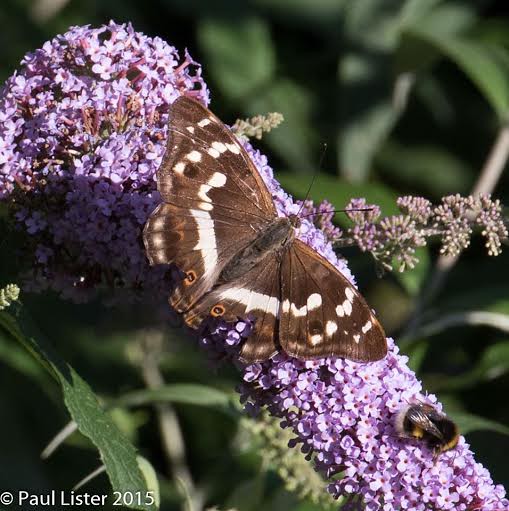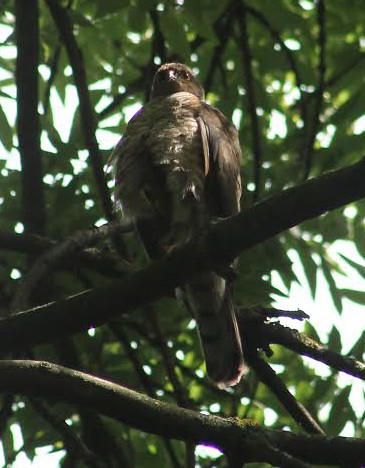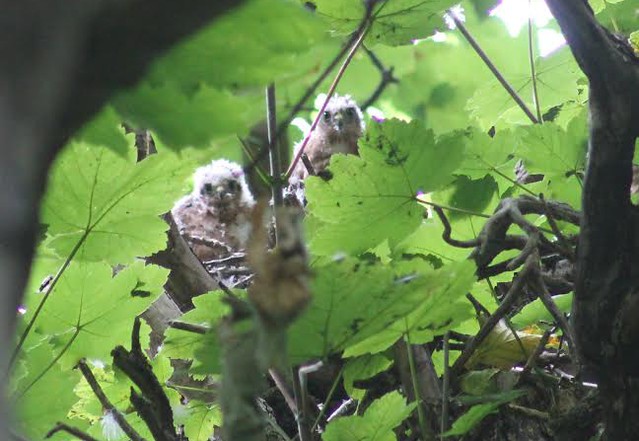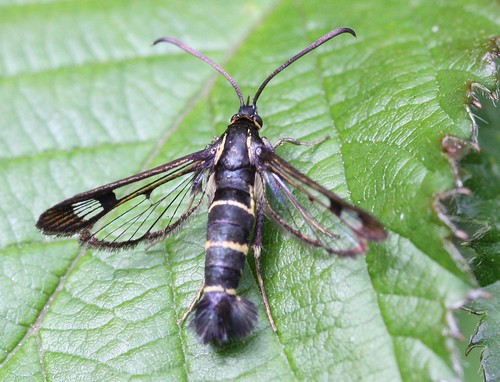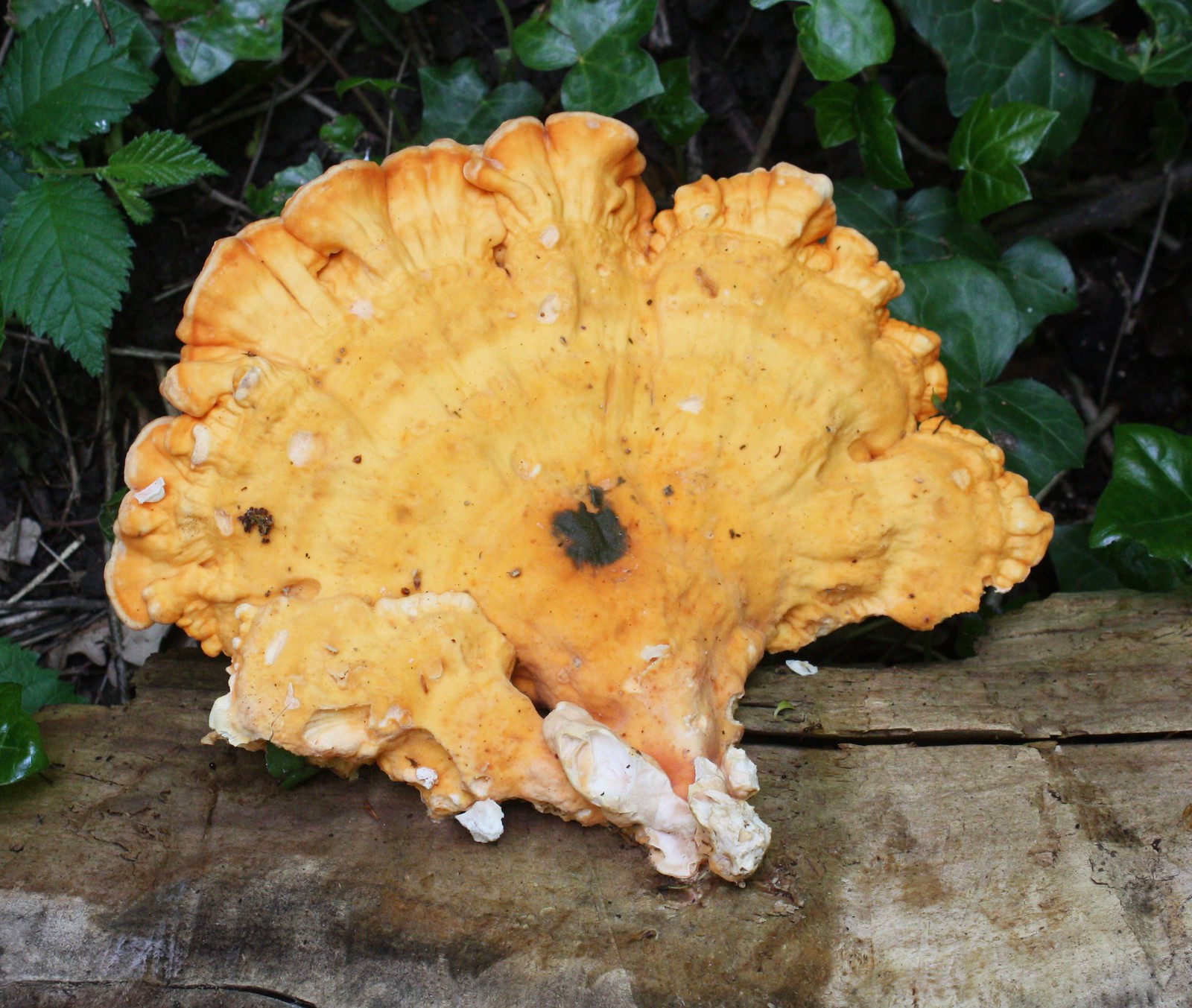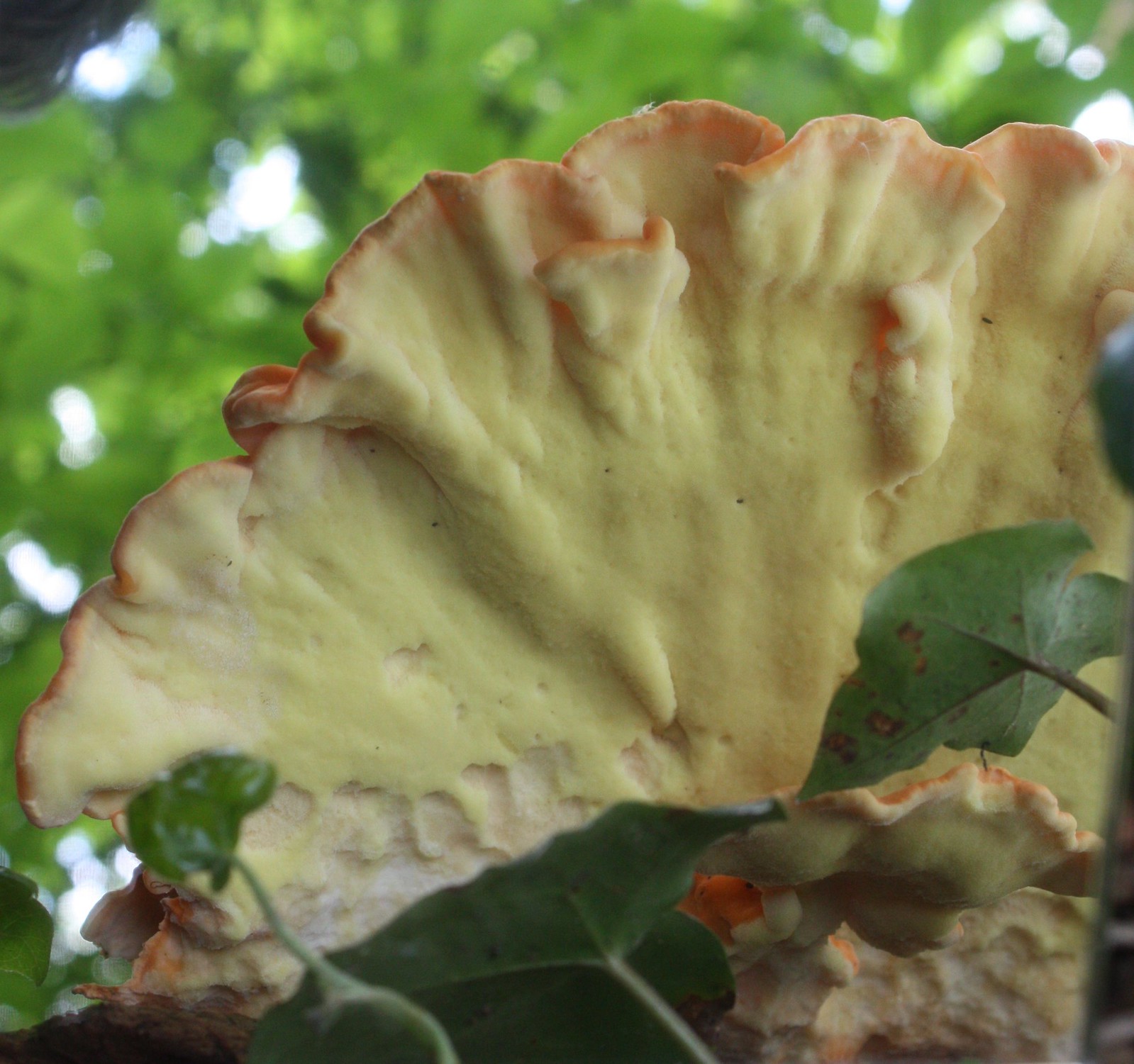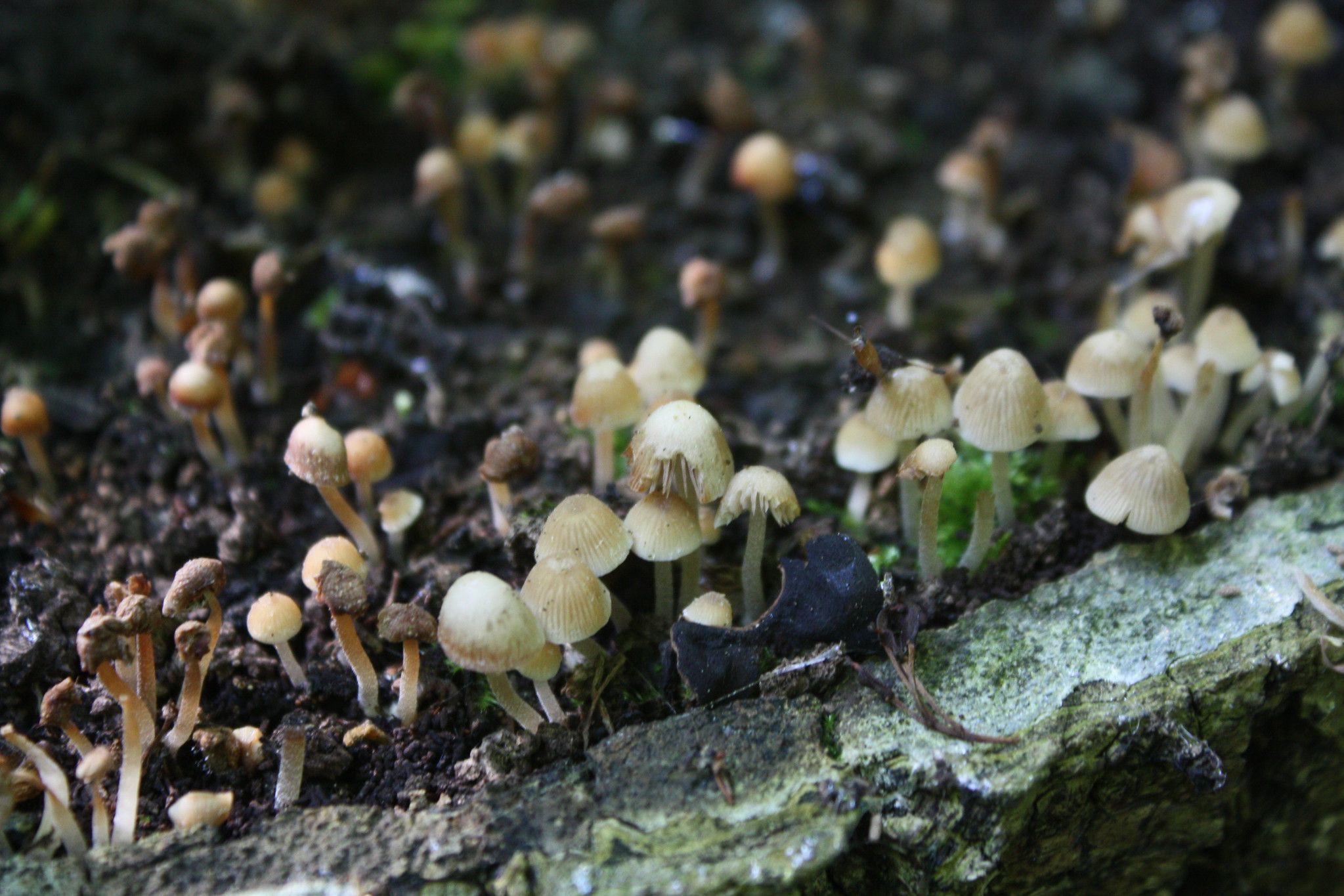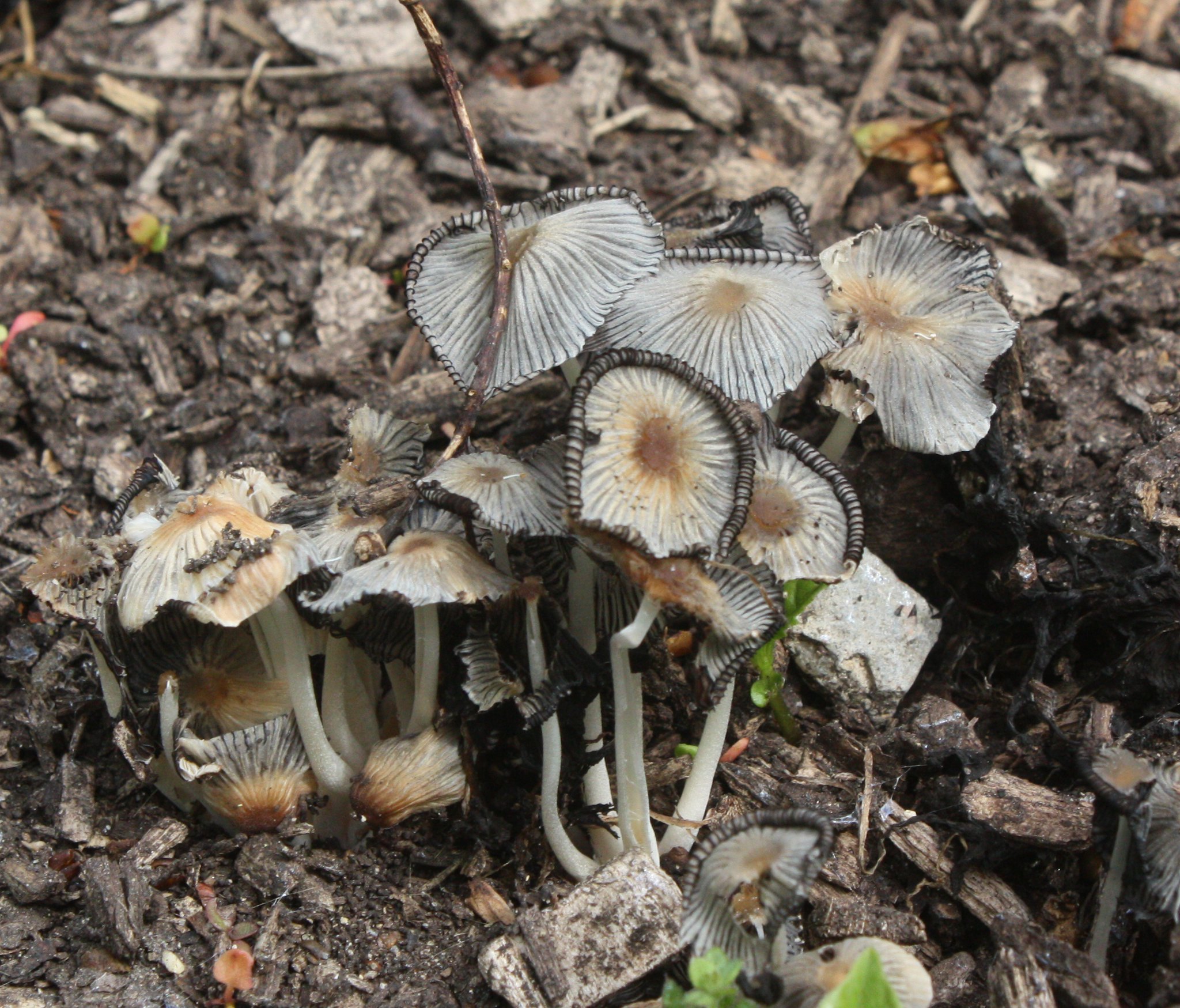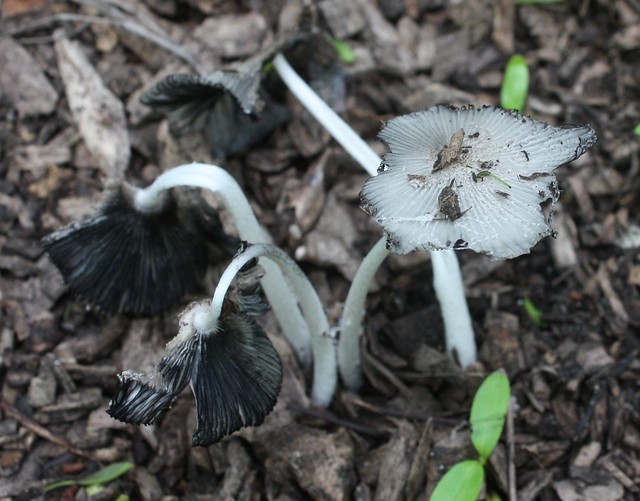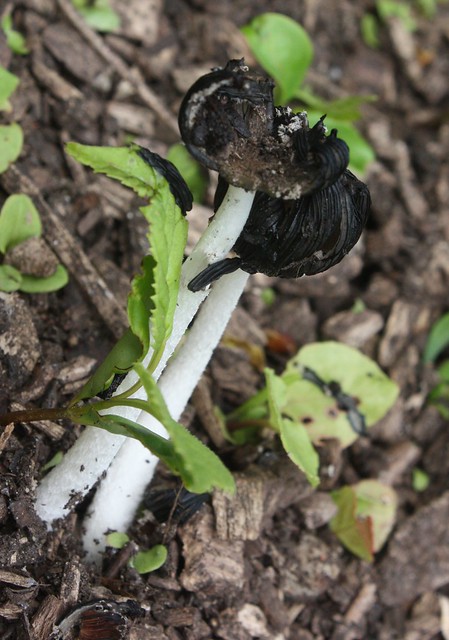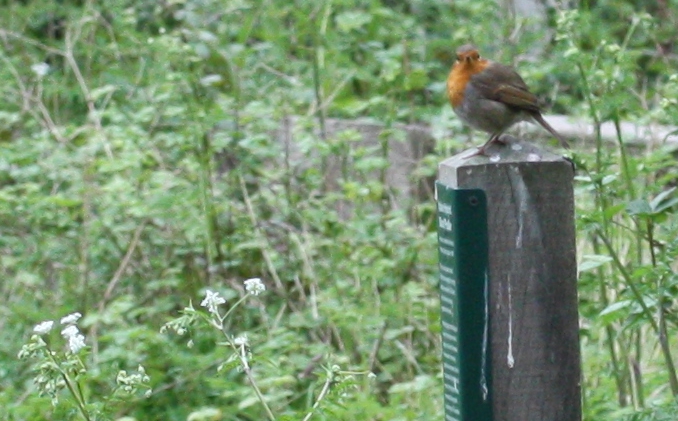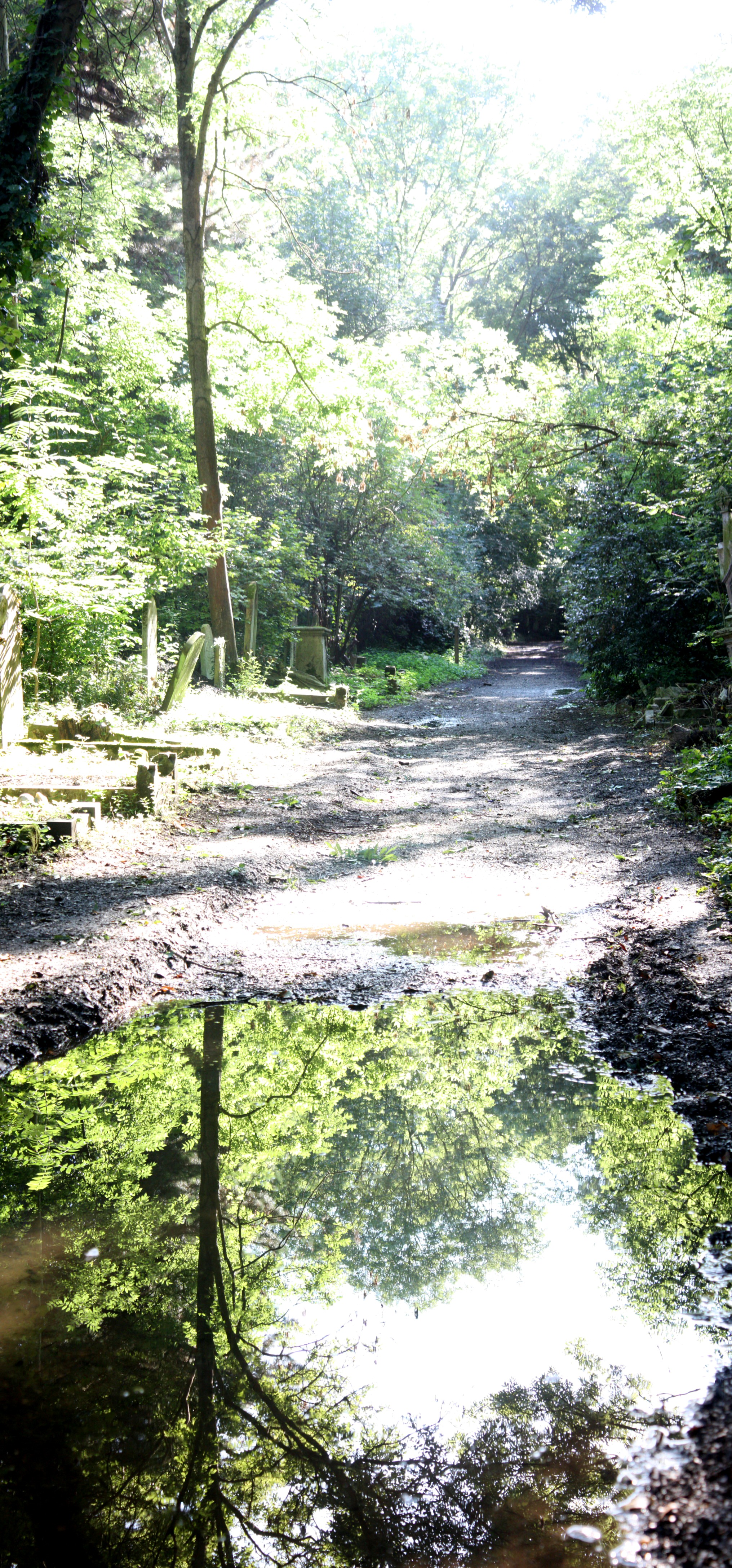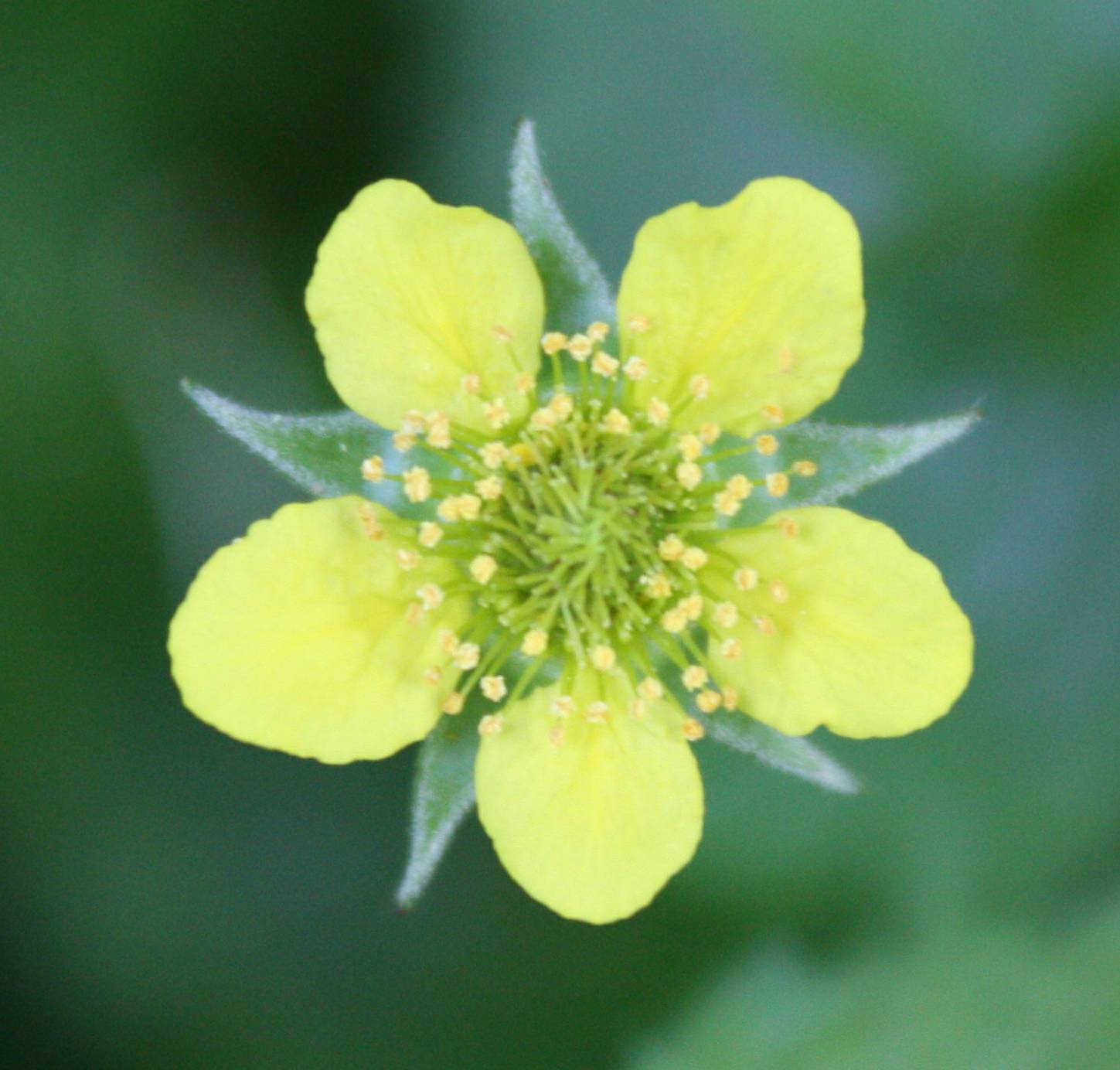A couple of notable butterflies have been seen in Abney Park Cemetery in July and the beginning of August. One, the Silver-washed Fritillary, may be breeding in Abney (information here from Tony Butler). The other is the Purple Emperor, here photographed by Paul Lister in his garden, just over the wall from Abney. My thanks to Paul for allowing me to add them here….
.
.
.
.
.
.
.
.
.
.
The sparrowhawks have managed to raise 2 or 3 chicks this year. The number of chicks is due to not seeing more than 2 together, but there seemed to be 3 slightly differently looking chicks. These excellent photos are by Chris Farthing, and my thanks to him….
.
.
.
.
.
.
.
.
.
.
Chris has also sent me this photo of a juvenile male great spotted woodpecker, which I thought should have wider viewing.
.
.
.
.
.
.
.
.
.
.
.
Another first for Abney was this Current Clearwing Moth, seen on 26.6.2015.
